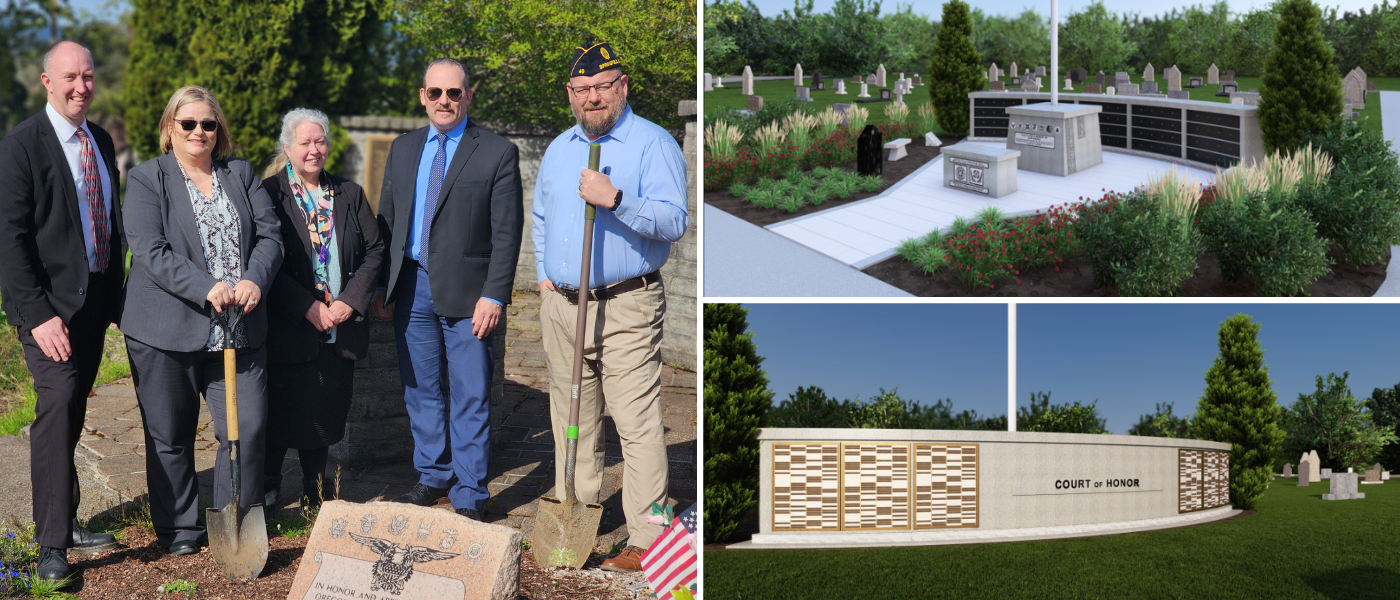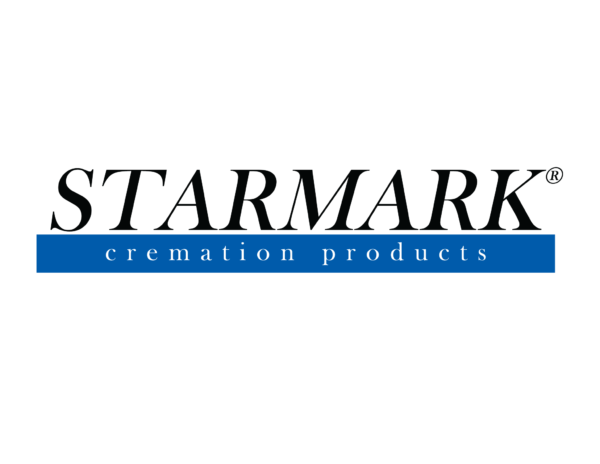Funeral Industry Gears Up For Boomers? Final Economic Impact
 As the baby boom gets a little closer to the end of the generation, the funeral services industry is shifting to cheaper and more personalized services. The U.S. Census Bureau projects the annual number of deaths in the United States will rise from 2.6 million next year to 3 million in 2024 ? and 4 million in 2043. ?We hear the tidal wave is coming,? said Chris Meyer, owner of Lind Brothers Mortuary in Carmichael. ?We?ve known the (baby boomer trend) has been coming for some time, so the industry has been gearing up for that to happen,? said Bob Rosson, a Mississippi funeral home operator and an executive board member of the National Funeral Directors Association. ?We?ll be able to handle it.?
As the baby boom gets a little closer to the end of the generation, the funeral services industry is shifting to cheaper and more personalized services. The U.S. Census Bureau projects the annual number of deaths in the United States will rise from 2.6 million next year to 3 million in 2024 ? and 4 million in 2043. ?We hear the tidal wave is coming,? said Chris Meyer, owner of Lind Brothers Mortuary in Carmichael. ?We?ve known the (baby boomer trend) has been coming for some time, so the industry has been gearing up for that to happen,? said Bob Rosson, a Mississippi funeral home operator and an executive board member of the National Funeral Directors Association. ?We?ll be able to handle it.?
But the industry first has to survive the current death trough. The number of deaths in the United States declined by 0.9 percent from 2005 to 2006, in part because of a mild flu season, according to the National Center for Health Statistics. Health care advances have led to record-high life expectancies and lower annual death rates for a range of diseases, including stroke, heart disease and diabetes.
?We have actually felt a lighter case load,? Meyer said. ?I think some of the bigger funeral homes have felt a precipitous drop off.?
Baby boomers might live longer than their parents, but sooner or later they?ve got to go. Those who want traditional burials should prepare for rising prices.
The median cost of a funeral in the United States was $6,196 in 2006, according to a National Funeral Directors Association survey released last year. That price, which includes a $2,255 metal casket, was 11 percent higher than in the association?s survey in 2004. With the inclusion of a concrete vault, which many cemeteries require, the price rises to $7,323.
?That?s the funeral that is going out of vogue,? said Joshua Slocum, executive director of nonprofit Funeral Consumers Alliance. He predicts that the funeral industry will respond to the rising death rate by offering cheaper services to compete.
?This is not going to cause a run on embalmers,? he said. ?If anybody?s going to jump into the embalming business thinking it?s recession-proof, they?re misguided. Baby boomers are not interested in their grandma?s funeral.?
Cremation rates in the United States increased from 26 percent in 2000 to 35 percent in 2007, according to the Cremation Association of North America. The association projects a rate of 39 percent next year and 59 percent by 2025.
?In some places of California, like Marin County, you?re looking at a 90 percent cremation rate,? Slocum said.
Cost is a big factor, but there are also demographic changes at work.
?They say the ?greatest generation? were more traditional, more religious people,? Meyer said. ?Now, more educated people, more liberal thinkers (who are) less religious in many ways, tend to think, ?It?s all about economics for me.? ?
Meyer, whose mortuary offers both cremation and embalming services, said a traditional burial costs $6,000 to $10,000, depending on the casket. Cremation costs about $1,000 to $2,000.
In the Sacramento area, Meyer said, ?there?s been an explosion of storefront cremation places.?
Bodies come in and get shipped to off-site crematoriums. The ashes are returned in an urn.
?They don?t have the facilities to embalm,? Meyer said. ?They don?t have a chapel. It?s wildly cheaper. It?s sort of the Wal-Martification of the funeral industry.?
?Green? or ?natural? burials are also growing in popularity. People are buried in a casket made of a biodegradable material, such as pine or wicker, or they can skip the casket and just be buried in a shroud.
Only one cemetery in California, Forever Fernwood in Mill Valley, offers green burials. It started offering the service in 2004.
A natural burial at Forever Fernwood costs about $6,000 to $8,000, said Ina Hernandez, Forever Fernwood?s funeral director. A traditional burial, including embalming, a fancy casket and grave lining, would cost a couple of thousand dollars more, she said.
The price of plots in the 32-acre cemetery, located in the hills of the Marin Headlands, varies by location. If you want a plot with a view, expect to pay more. Forever Fernwood digs graves by hand. With no concrete grave liner, the ground eventually settles.
?The nice part about green burial is the land stays just the way it was,? said Betty Youngren, a volunteer with the Funeral Consumers Alliance of Northern California in Sacramento. ?It doesn?t destroy things. It?s not a lot of concrete and metal in the ground. It?s going back to the way the pioneers coming across the country buried their loved ones.?
Despite California?s green reputation, natural burial has caught on faster in the eastern United States.
?We?ve gotten a lot of calls from people in the East Coast asking us for advice on green burial and starting a green cemetery,? Hernandez said. ?As for California, no.?
Even consumers choosing traditional burials have started demanding different kinds of memorial services.
?The baby boomers want things their way,? Rosson said. ?They demand better and different services. They?re wanting personalization. They want to create meaningful experiences.?
Increasingly, consumers are choosing to have services at their homes instead of at churches or funeral homes, Rosson said. They want video presentations. They want memorial folders with photos and information about the person?s life.
?The industry tosses around the word ?personalization? a lot,? Slocum said. ?I?m hearing families that want to take charge of the memorial service. It seems less centered on the physical body and more on the family and community of people who loved that person.?
Slocum said he?s talked to people who held memorial services in homes, parks, veterans? memorials and even, in the case of an art patron, in an art gallery. ?The scary thing about this for funeral directors is there?s no undertaker required,? he said.
Slocum said most states have far more funeral businesses than their markets demand.
?California is one of the great exceptions,? he said. ?The number of funeral homes is much more in line with the population. As a result, it?s much easier to find a low-cost funeral service or cremation.?
Fewer funeral homes means cheaper funerals? That might sound like it defies the normal rules of supply and demand.
?Everybody says competition is good and decreases prices for consumers,? Slocum said. ?It doesn?t work exactly that way for funeral services. You have only one purchase to make at the funeral home. There are no repeat customers. The only way to make more money is to raise prices.?
Source: Sacramento Biz Journal
Photo: As cremations become more popular, Lind Brothers Mortuary in Carmichael stocks up on urns, shown here by owner Chris Meyer.
Photo Credit: Dennis McCoy, Sacramento Business Journal



